Thanks.
Here 3 marked that I have
Tops, T to B
Peerless, Winchester, Heddon

Tops, L to R
Heddon, Winchester, Peerless

Bottoms, L to R
Heddon, Winchester, Peerless
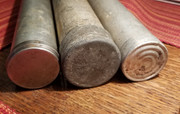
Moderator: TheMontyMan



It’s moments like these that keep me coming back
Sorry, Steve, you'll have to do better than that.
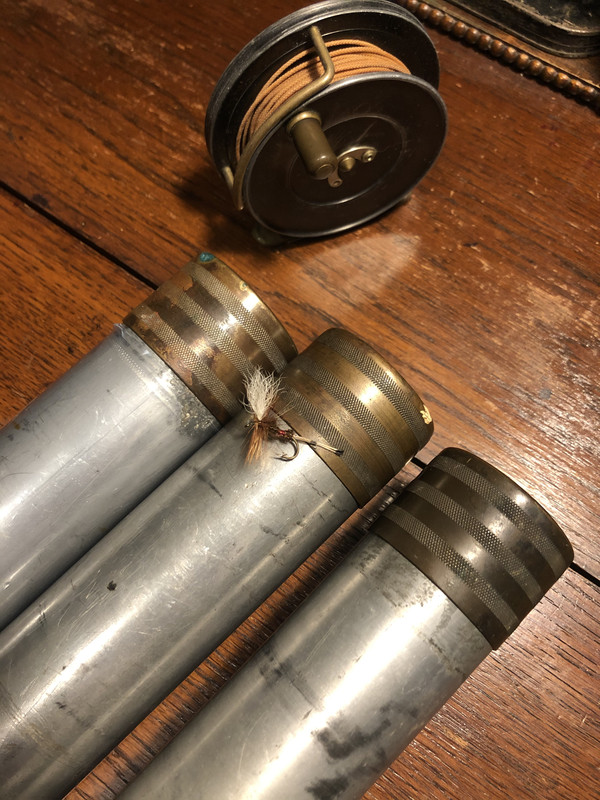
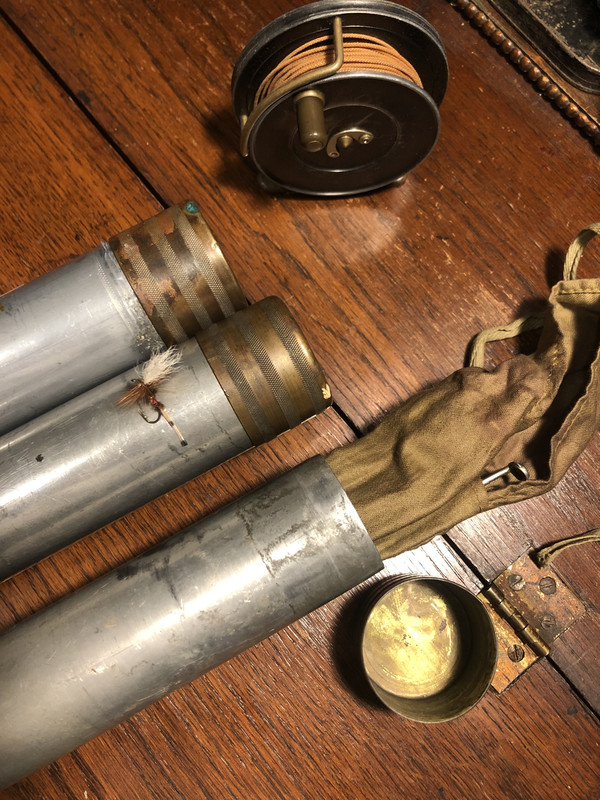



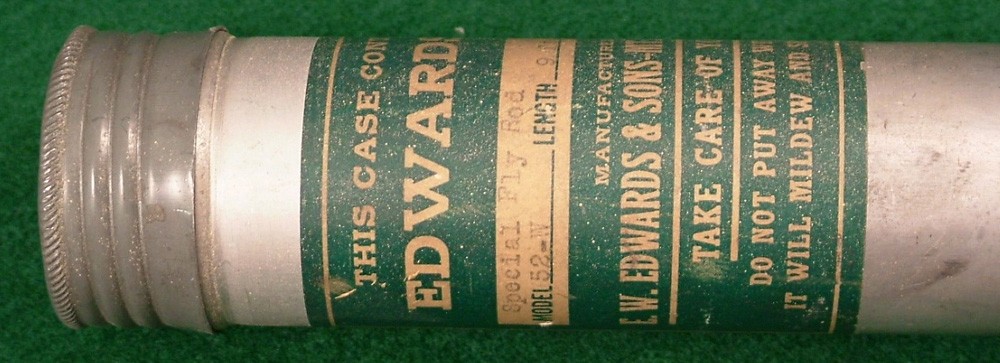
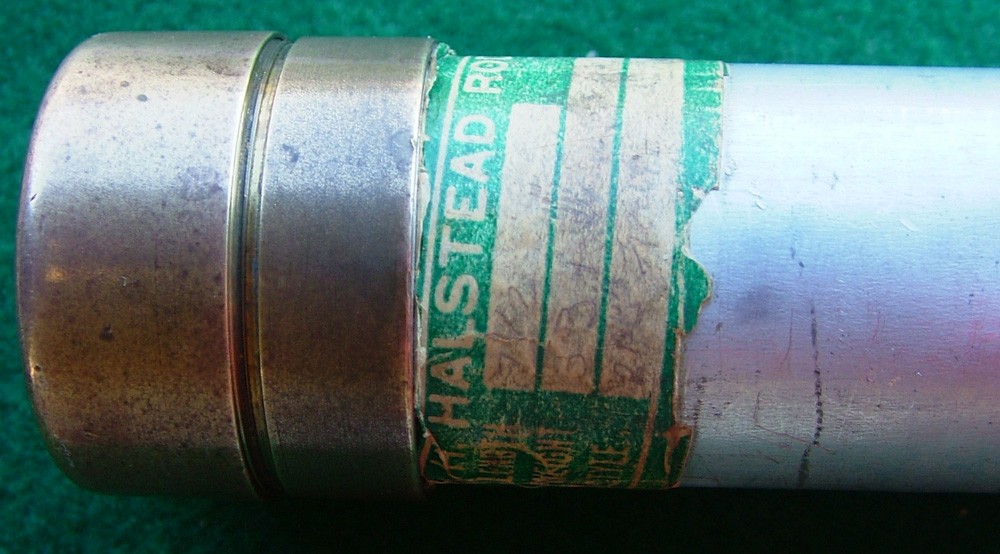
They work like the ones in the third photo. They have the expanding rubber seal that enlarges when tightened.nunc wrote: ↑01/25/21 15:41
Haven't encountered Heddon butt caps like these, do you know how they function, ie, is the screw secured by some sort of threaded nut retainer, or or do they work similar to the caps on the three tubes on the left in your third photo … ( hope you'll be able to decipher my gibberish )
Much Obliged